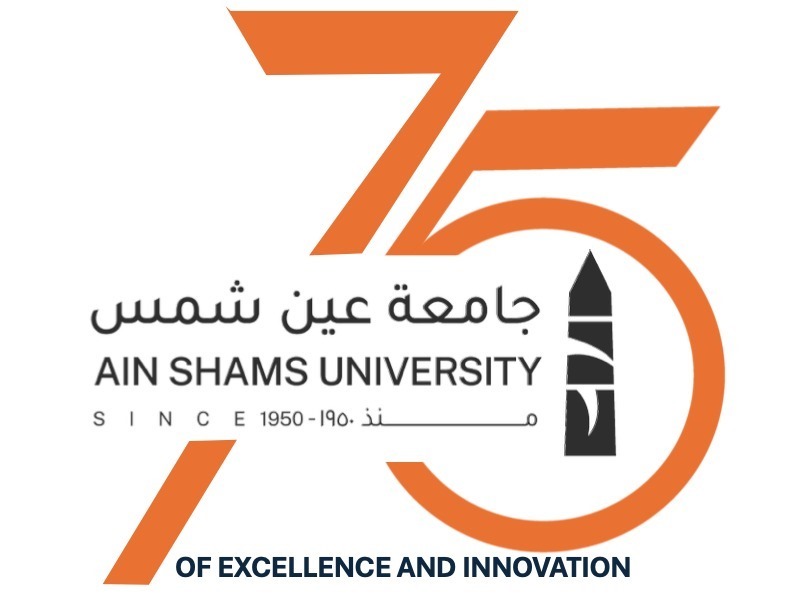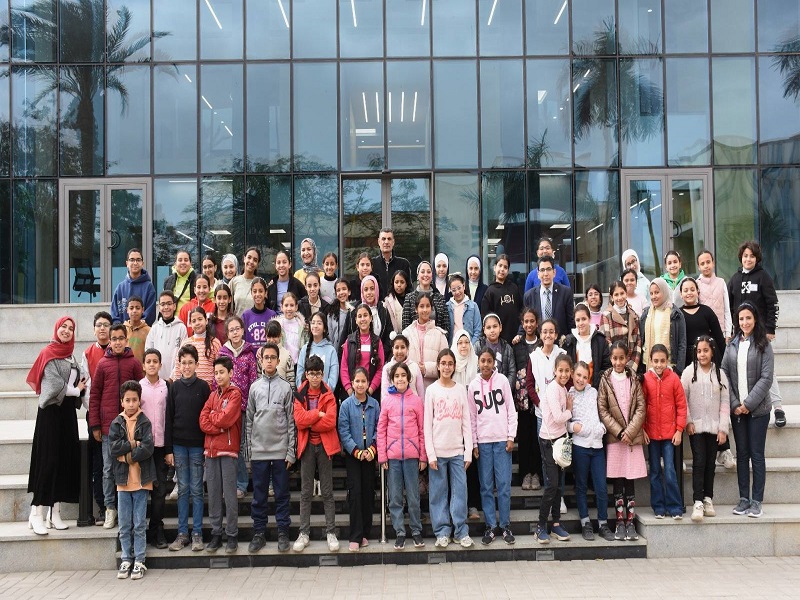The conclusion of the activities of the seventh and eighth editions of the Children's University at Ain Shams University
The activities of the seventh and eighth editions of the Children's University at Ain Shams University concluded, which were organized under the auspices of Prof. Mohamed Diaa Zain El-Abedeen, President of the University, Prof. Gina El-Feki, Acting President of the Academy of Scientific Research and Technology, Prof. Ghada Farouk, Vice President of the University for Community Service and Environmental Development Affairs, Dr. Rana Refai, Executive Director of the Children's University at the Academy of Scientific Research and Technology, and coordination and supervision of Dr. Noha El-Rafei, Deputy Director of the Grants and Projects Office in the International Relations and Academic Collaboration Sector and Coordinator of the Children's University at Ain Shams University.
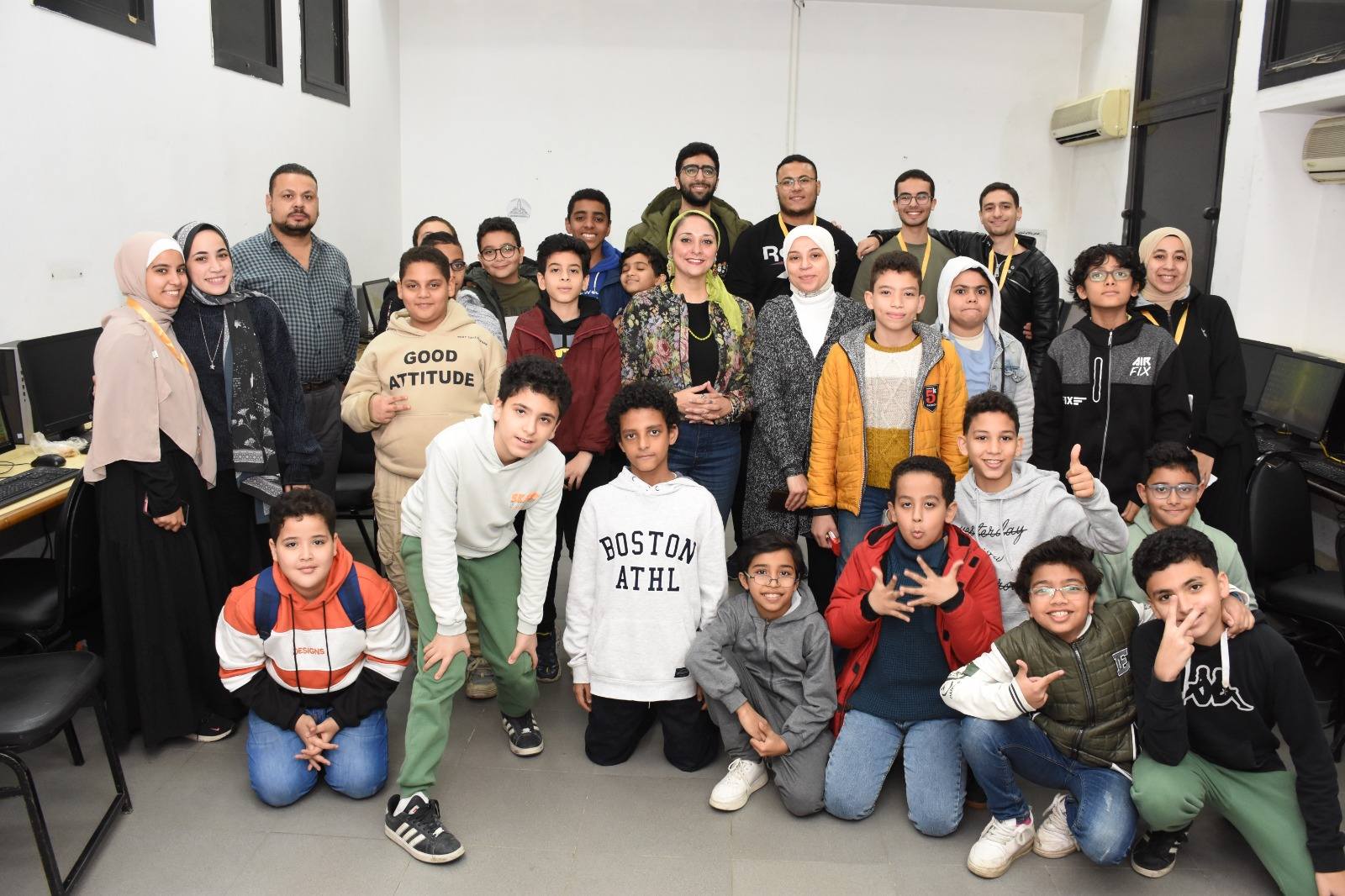 |
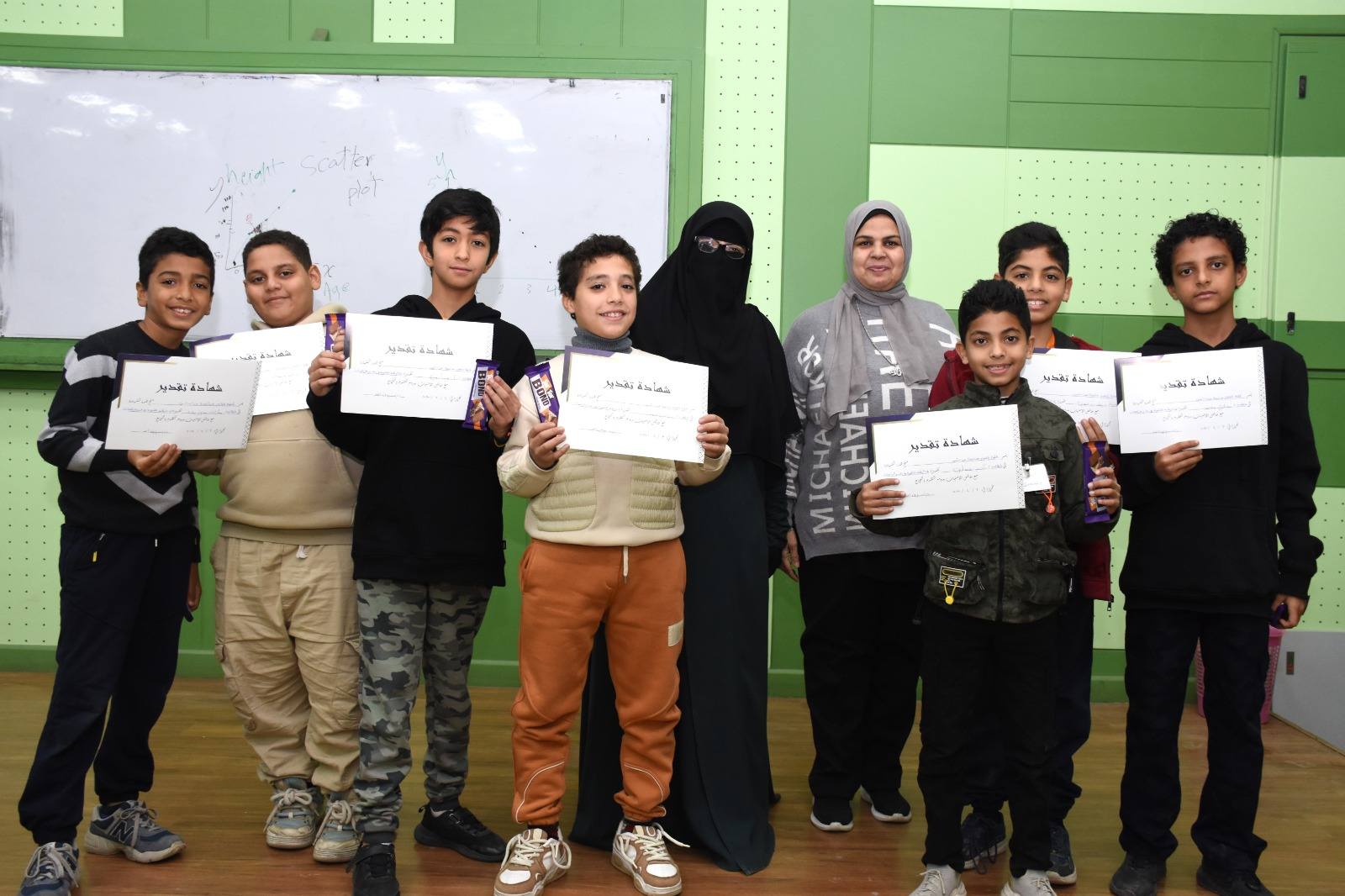 |
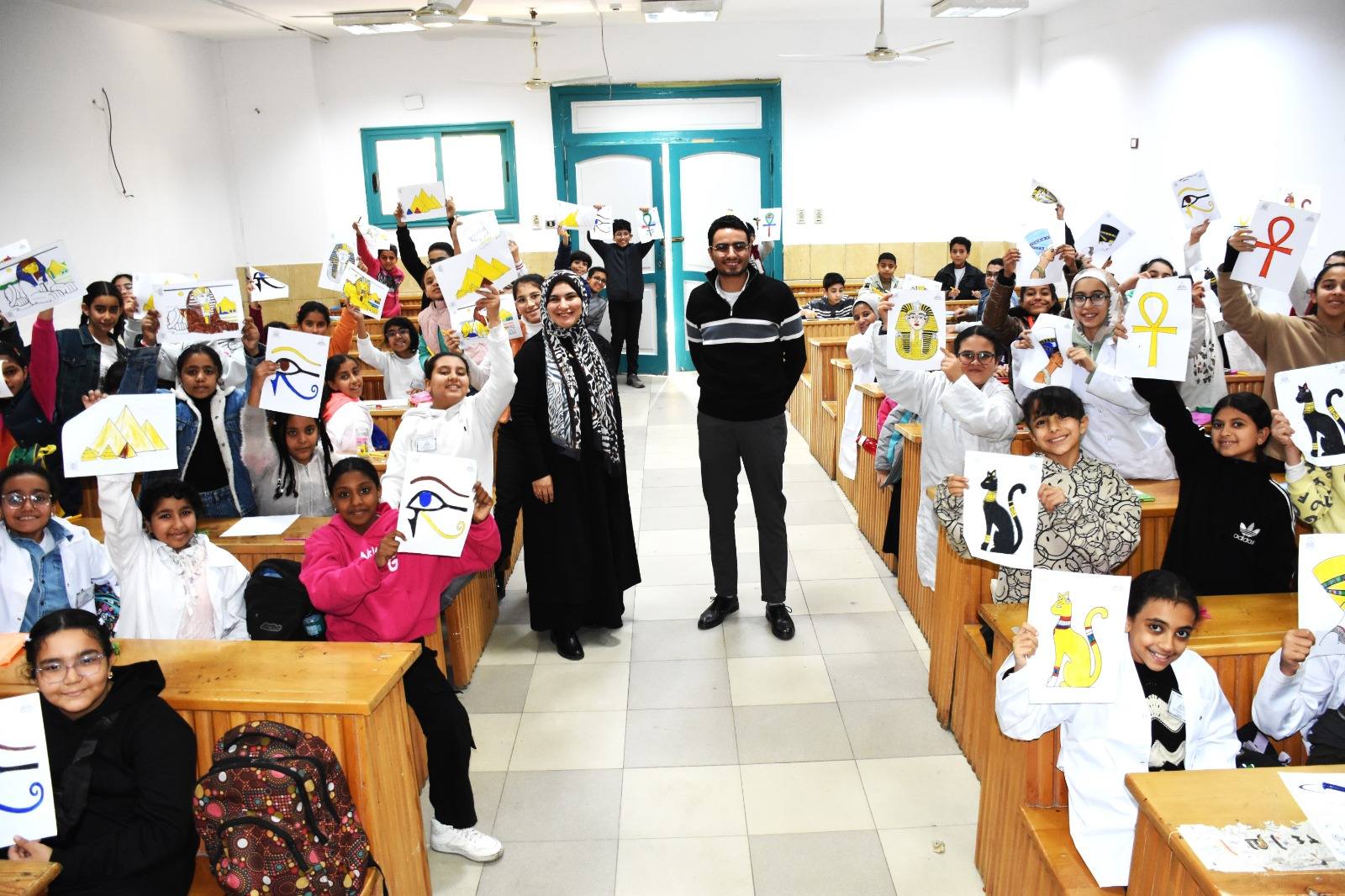 |
||
Dr. Noha Al-Rafei, the coordinator of the Children's University at the university, explained that the state is moving towards investing in children and youth as a fundamental pillar for building the future. Therefore, the activities and events of the Children's University were designed to serve this strategic direction, as they received full support from senior leadership, and the desired goals of the project were achieved. She added that the participating children realized through this experience that there is a wide world of opportunities and possibilities waiting for them to explore and develop their skills. The two stages witness the participation of about 150 children to learn about many different specializations through their visits to the university's faculties.
Dr. Noha stressed that the success of the Children’s University project was not an individual effort, but rather came as a result of a collaborative institutional effort in which all the university’s leaders, bodies and administrations participated. She extended her sincere thanks to the university’s leaders and various sectors, especially the Grants and Projects Office Team that carries out all the administrative, financial and logistical work related to the project.
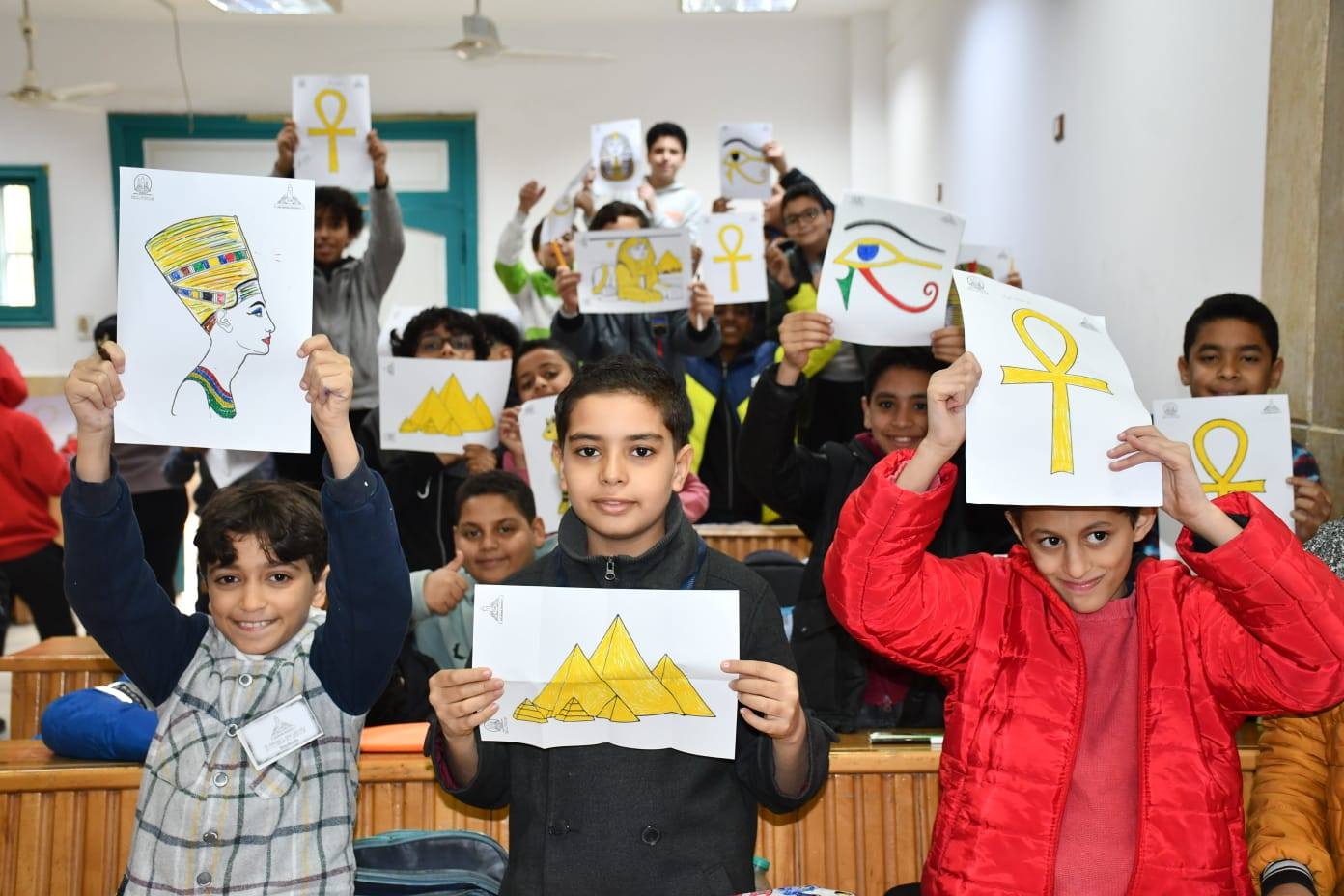 |
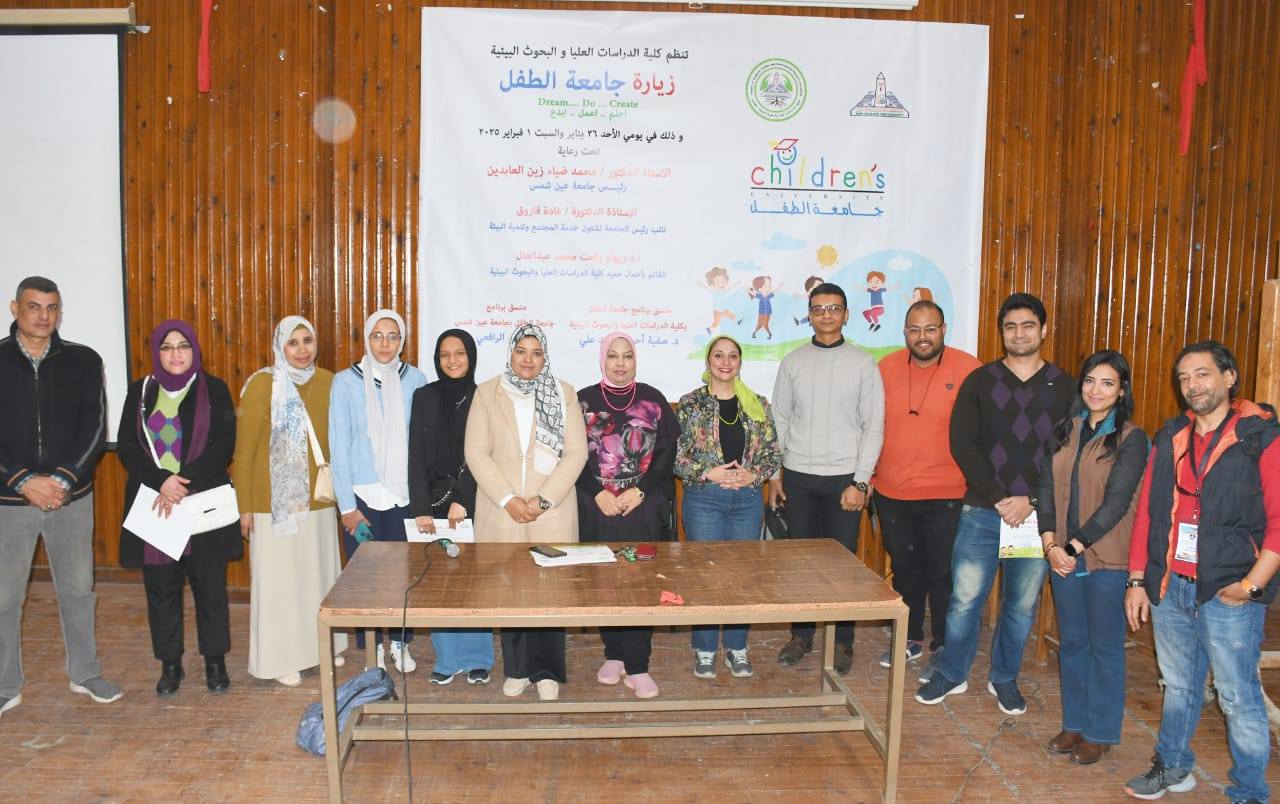 |
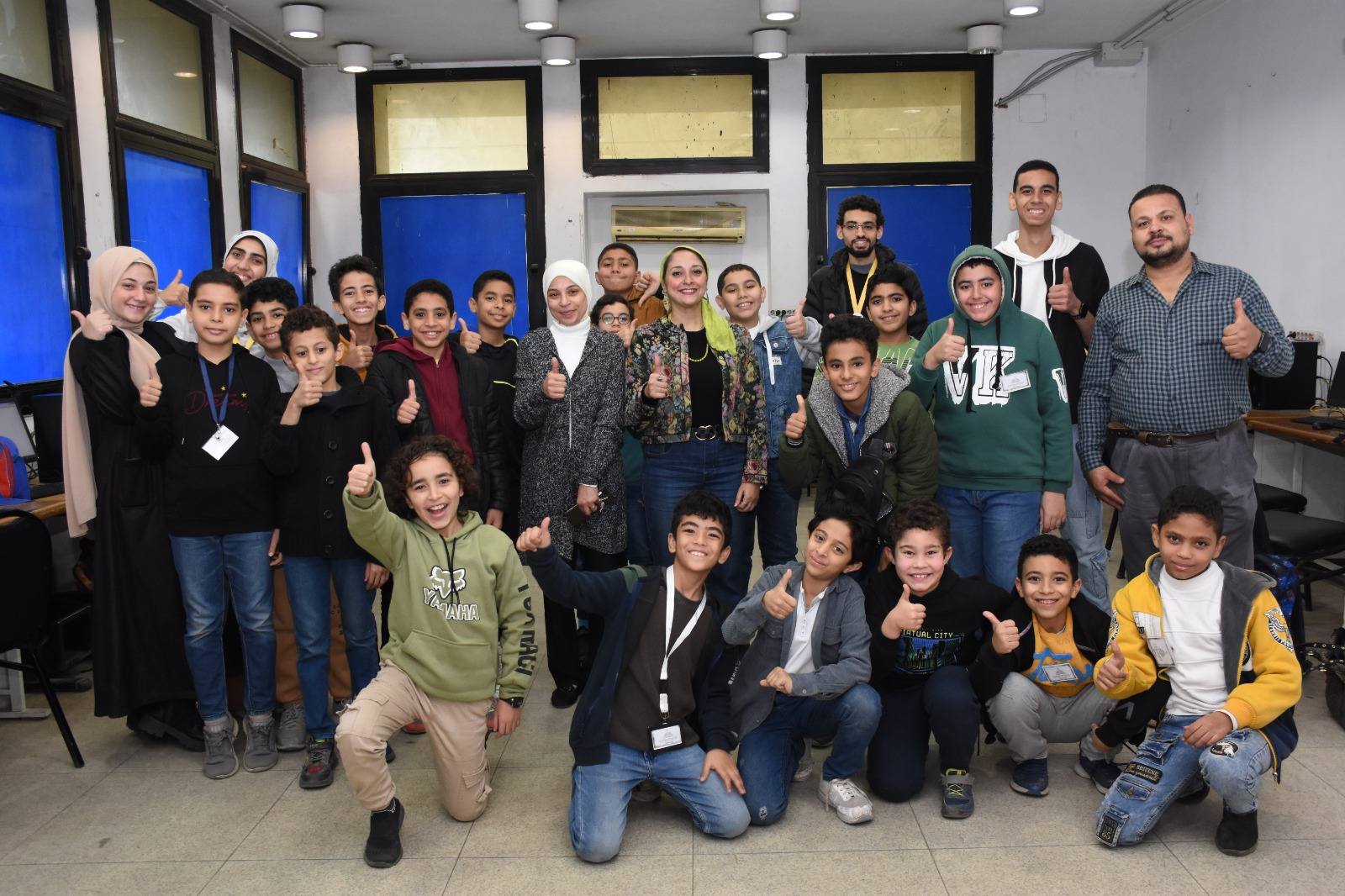 |
||
Dr. Noha reviewed the activities that the children participated in during the Children's University events, which included introductory lectures about each faculty, where the children learned about a variety of scientific and practical topics. In the Faculty of Graduate Studies and Environmental Research, the children learned about the concept of carbon footprint and the importance of preserving the climate, in addition to ways to recycle waste and benefit from it. The children also visited the Innovation and Entrepreneurship Center, where they learned how to brainstorm, the arts of success, and the importance of teamwork. In the Faculty of Computer and Information Sciences, the children were introduced to the basics of programming and artificial intelligence, which gave them the opportunity to learn about modern technology and its applications in practical life.
In the Faculty of Science, which is also the delivery and pick-up location for the children over the project period, the children conducted laboratory experiments, learned arithmetic skills, graphing, how to perform complex calculations, and visited different departments such as entomology, botany, zoology, and mathematics.
 |
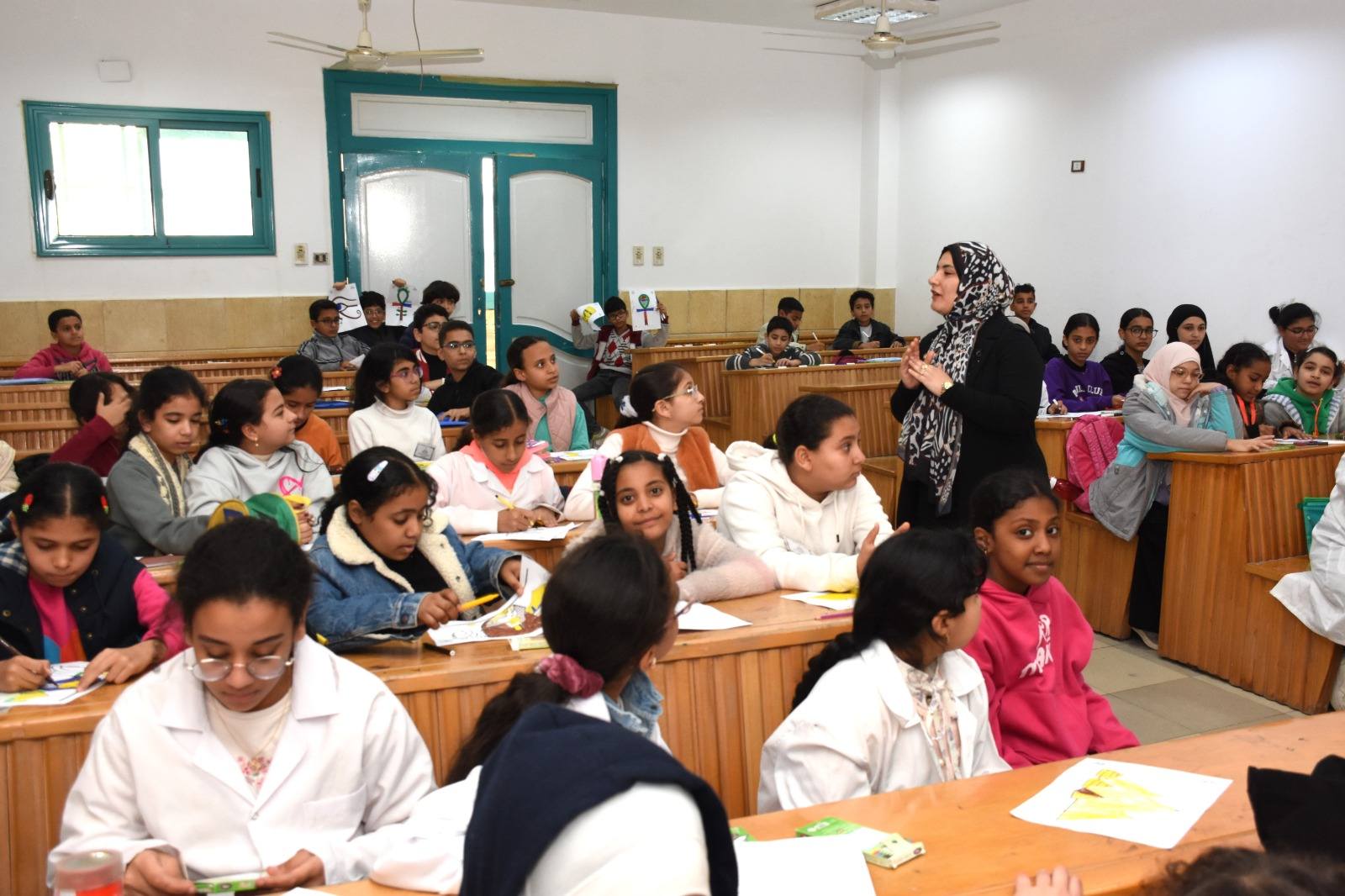 |
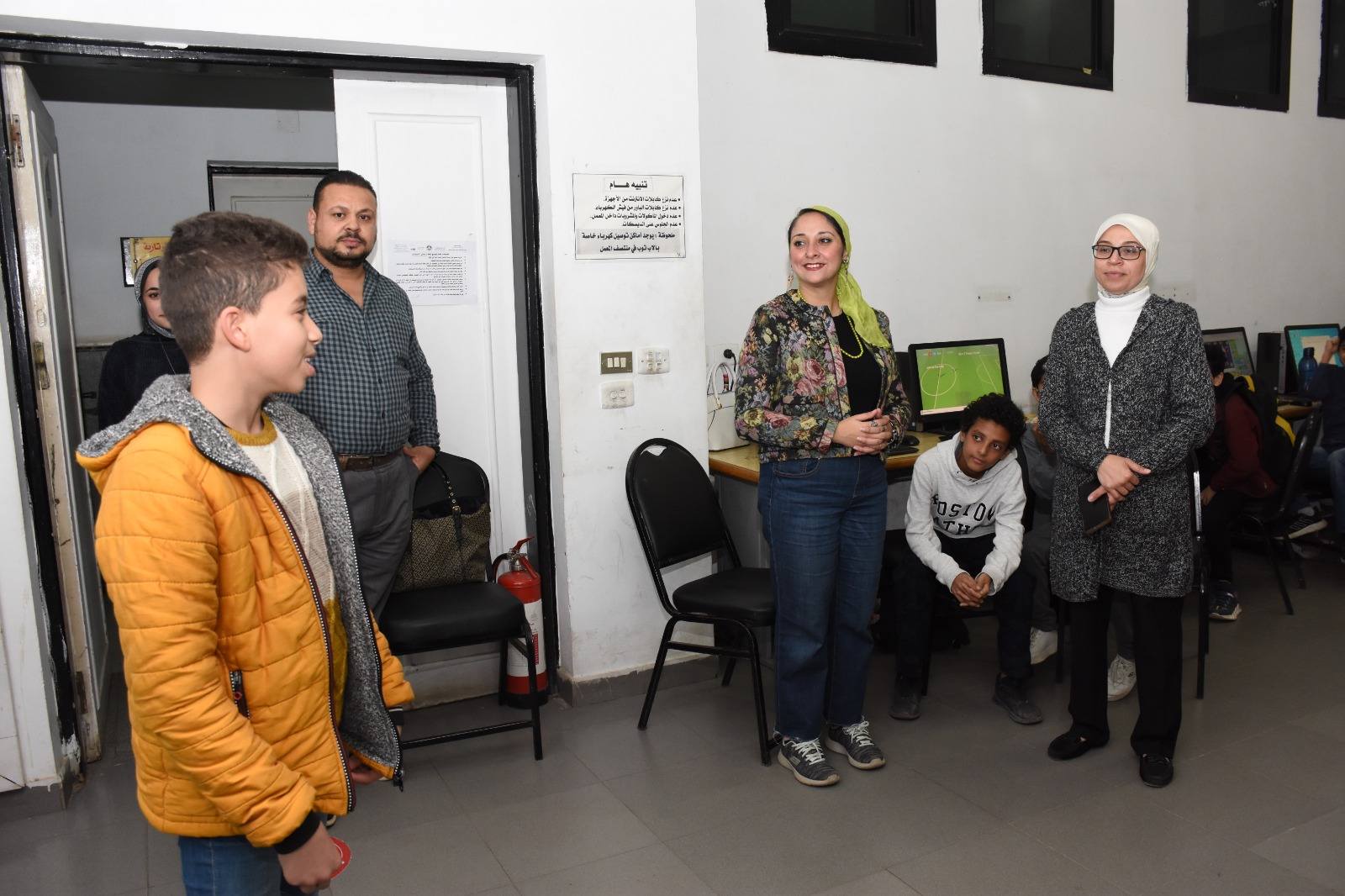 |
||
The children visited the Faculty of Archaeology, where they learned about the world of ancient civilizations and their archaeological treasures. The faculty professors gave a detailed explanation of the methods of excavating antiquities and how to preserve cultural heritage, in addition to displaying models of artifacts dating back to different eras, which gave them the opportunity to understand the importance of preserving history and cultural heritage.
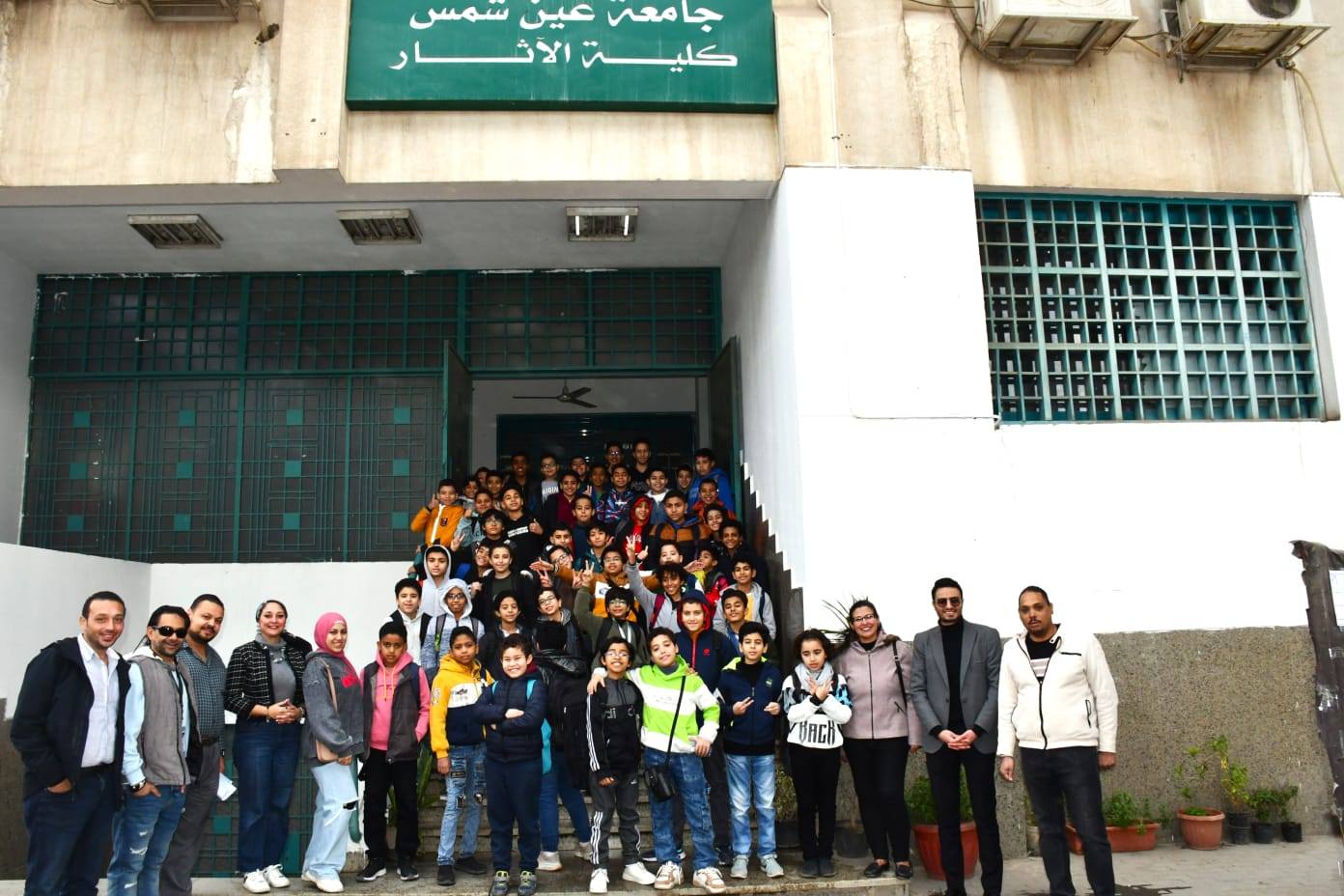 |
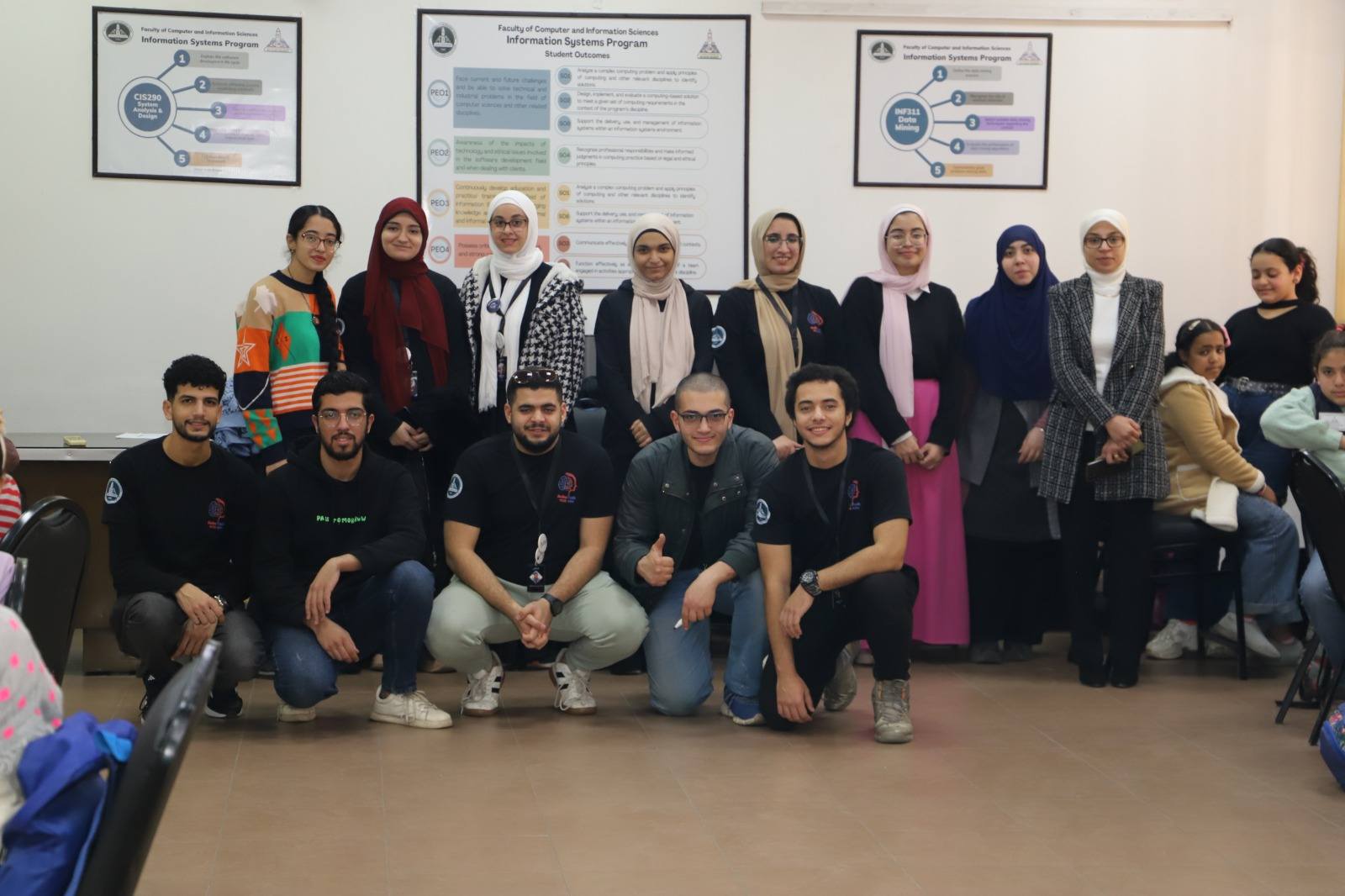 |
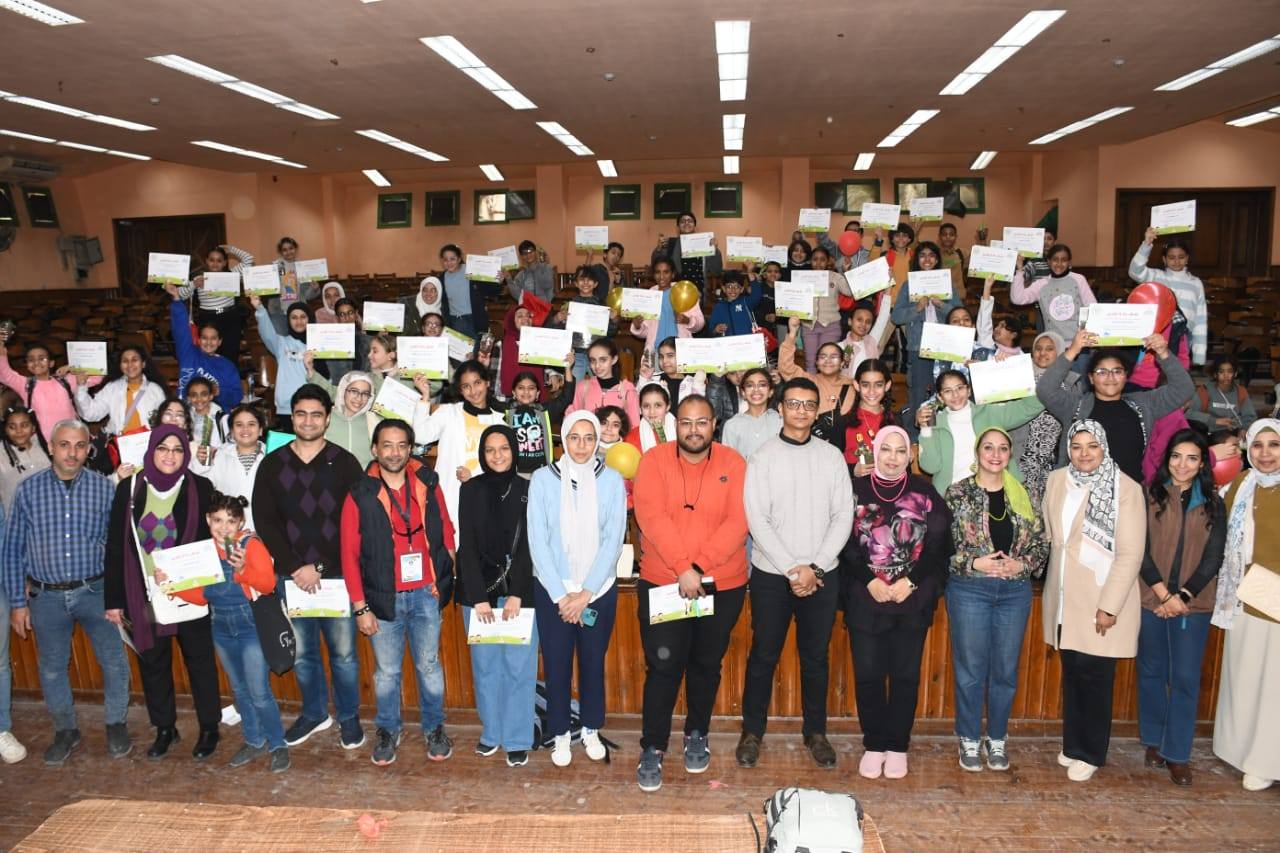 |
||
The activities were not limited to the scientific aspect only, but also included artistic and cultural activities. In the Faculty of Specific Education, the children participated in various artistic workshops, and were trained in the annual choir, which is part of the project’s closing ceremonies. The children presented singing and musical shows that demonstrated their creative talents and artistic abilities.


.svg)
